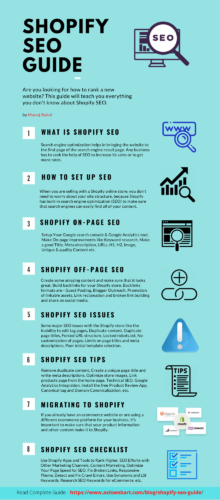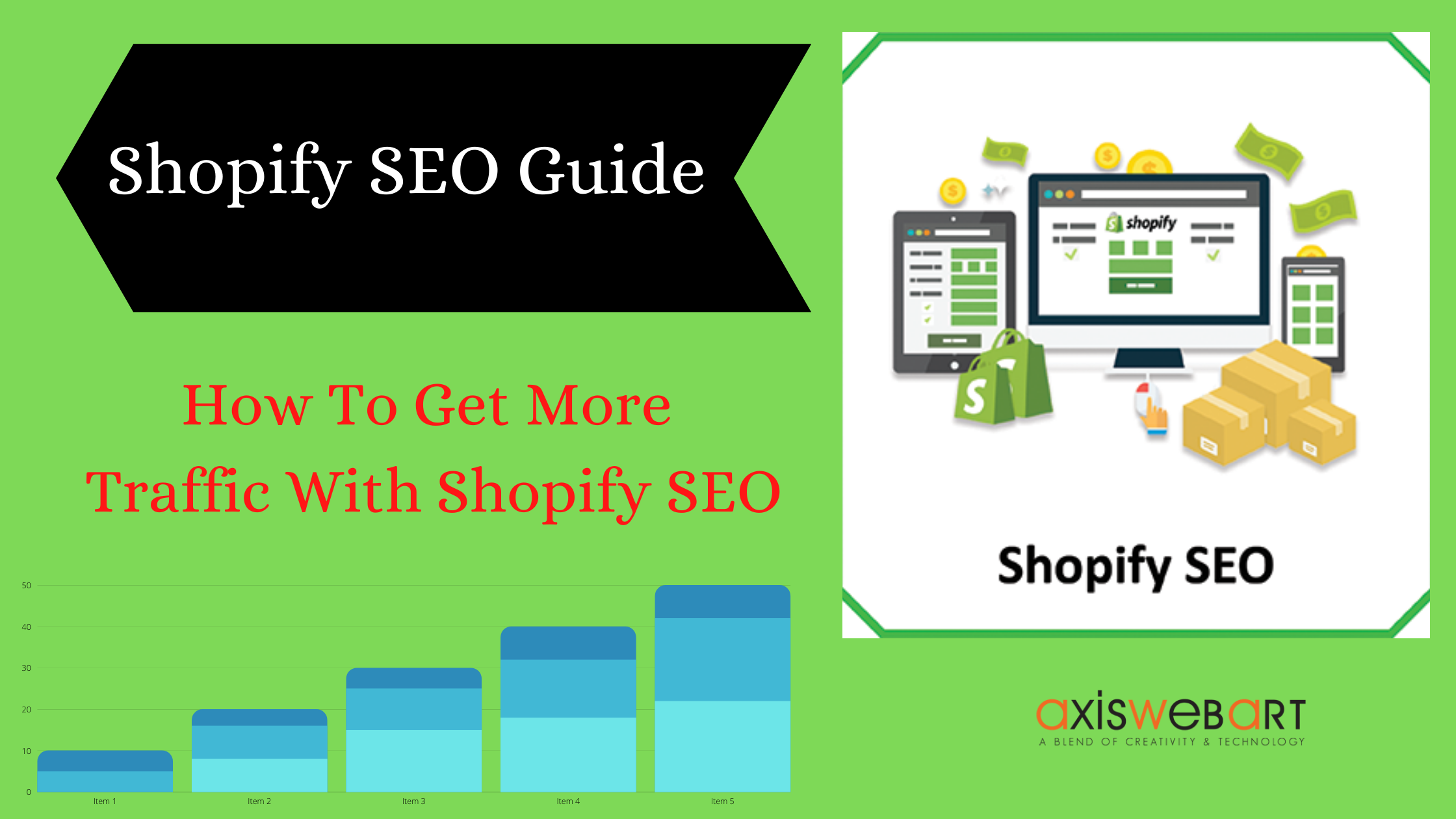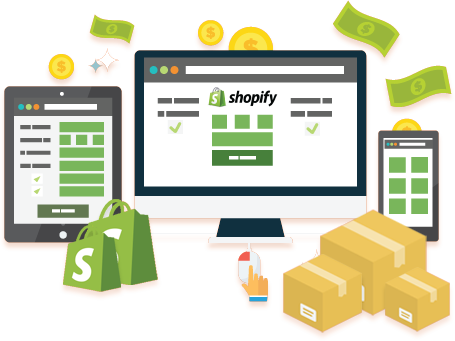Table of Content
- Chapter 1
What is SEO, and why is it important?
- Chapter 2
How to set up SEO for Shopify
- Chapter 3
On-page Shopify SEO
- Chapter 4
Shopify SEO Guide: Off-page SEO
- Chapter 5
Shopify SEO Problems & Issues and How to Fix Them?
- Chapter 6
Shopify SEO Tips or Tricks
- Chapter 8
Shopify SEO Checklist
- Chapter 9
Shopify SEO Final words
Chapter 1
What is SEO, and why is it important?

Today, people are bringing their businesses onto the digital platform for better & further reach. SEO knowledge is essential for people who have just started their business or are trying to start a business.
SEO is three types: On-page, Off-page, and Technical SEO.
The full form of SEO is search engine optimization, and It is the prevalent practice to bring a targeted audience to a website. It helps in making your business grow.
In short, SEO is used to improve website ranking in the non-paid section of the search engine.
Most websites do not have enough money to run Ads, so natural searches are their primary revenue source.
Thus, in today’s times, it is imperative to use SEO for improving the visibility in organic search that increases the quality and quantity of your website traffic.
Chapter 2
How to set up SEO for Shopify

Why has Shopify become a great platform for e-commerce and is SEO friendly?
Shopify does come with many SEO-Friendly features such as innovative title tags, URLs, automatically generated sitemaps, etc.
Shopify guarantees you many features for selling; it gives you complete control over your store.
If you want to achieve your goals and see your business at great heights, you must educate yourself about SEO improvements, from primary to advanced; by creating the right apps and theme for your business, you will soon notice its ranking on Google search engine.
Read Also: Magento SEO Guide: Magento 2 SEO Tips & Ultimate Guide
Chapter 3

On-page Shopify SEO

Addition of Meta Descriptions on Shopify
The Meta description is the text which appears below the title on the search engine. Thus, making your store look appealing. You should add a description like an offer discount on the first purchase and offer free hampers on the first and second purchases.

Shopify SEO friendly URLs
To make your page stand out, you should include keywords in your pages’ URLs. The URL should be short & concise, and it is advised not to use words like “The, for, and.”
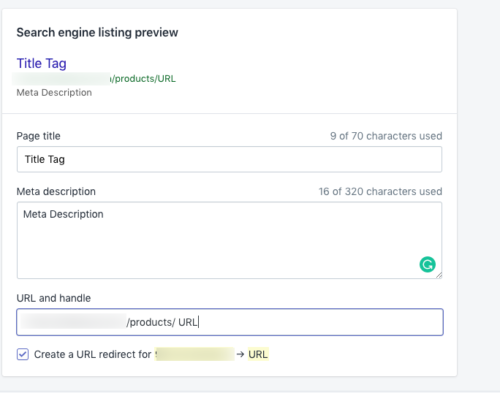
Addition of All Images
The best step in making your page visible and attractive is to include an image of your products. The audience, and purchasers, will find it easy to choose your product by seeing pictures of the product.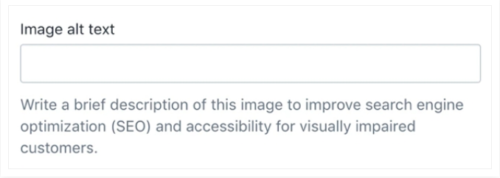
Page loading speed
If the page loading speed is slow, people will not be interested and will ignore your page. So ensure that your website performance is good on mobile and desktop.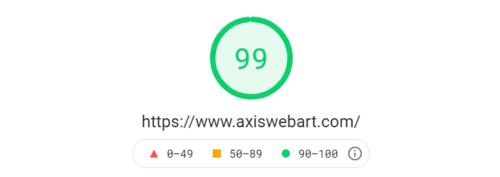
To keep your Shopify store load speed:
Curb extra things
The first thing you have to do is remove unrelated comments and spaces to eliminate extra load from the page. The less the file the more the speed of transfer.
Choose the Right Shopify Theme
Theme plays a vital part in the growth of your page. Choosing the right theme that is related to your page and content is very important. It also enhances store loading speed.
One should create a modern or trendy look to attract more audiences.
Adding ratings
The ratings the shoppers give to your product help in improving the growth of your pages.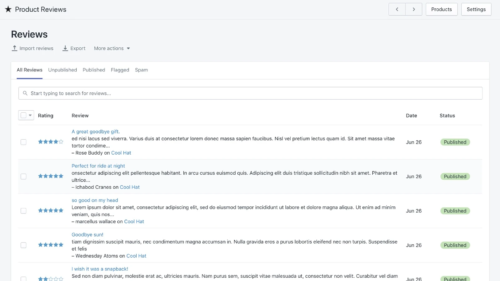
Thus, by following the above points, you can make your page attractive and approachable to shoppers, and audiences and provide them with your services.
SEO trends change almost every other day, so coping with them is challenging but not impossible. Correct usage of SEO keywords will surely help you in coming to the top list of search engines.
So basically, SEO refers to the procedure of optimizing your business/store’s website pages to enhance their search engine rankings.
It includes various factors like the quality of the website, visual content, types of text, acronyms you use, and much more.
Now, the only work you have to do is control your store’s ranking by improving on-page SEO.
Initial Shopify on-page SEO improvements Other fundamental:
Some other fundamental Shopify on-page improvements are-
Optimise Content for the Right Keywords on Shopify
Apart from titles, meta descriptions, uniform resource locators, and image alt attributes, it’s essential to optimise all your website topics – blog posts, product descriptions, the “about” page, and so on – for primary and secondary keywords.
Talking about content, creating keyword-optimized long-form content such as how-to guides, listicles, and essays consistently will go a long way in achieving those top scales on Google.
By regularly releasing such user content, you can target many keywords which have specific user objectives. Some of your pages can target searches for information, while other pages like product pages usually select much less frequent keywords that indicate a purpose to buy.
A plugin SEO shown above helps users pay attention to all the essential on-page maximisation and some of the advanced on-page modifications discussed in the next section.
Advanced Shopify SEO Setting
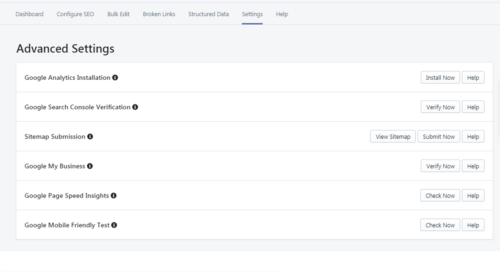 Primary on-page optimization factors discussed above need your attention precisely whenever you create a new product page or publish a new blog post.
Primary on-page optimization factors discussed above need your attention precisely whenever you create a new product page or publish a new blog post.
But most of the advanced on-page SEO improvements summarised in the following subsections are something that you do only once, and it often works for a long time until these settings are changed.
Optimise Shopify Site Structure
You should organise your website in a well-mannered way, and It is very crucial for SEO. A well-planned website will help both the consumers and search engine browsers to navigate your store better.
From the consumers’ viewpoint, it will be a simple and involuntary feeling to search the store and surf products, thereby increasing the chances of a successful purchase. A great and innovative site will help your user to get a great experience on your webpage.
Likewise, search engine users, they’ll find it easier to search and explore the various pages of your website, list them in the database, and will rank the multiple pages accurately for relevant search queries.
So, how to optimise your Shopify store’s structure precisely? It’s simple – keep everything accessible. Don’t have too many collection options and detailed materials on your website.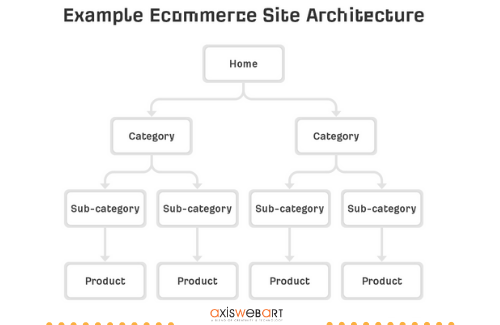 Your products can be seen clearly, and buyers find it easy to click on the product of their choice.
Your products can be seen clearly, and buyers find it easy to click on the product of their choice.
Also, include a global search box at the apex of the web page of your website. It won’t directly help the search plodders, but it helps human visitors having a specific asset objective to find what they’re looking for with ease.
This means a better user experience, which eventually results in higher rankings on Google.
Optimise Shopify Page Load Speed
Good Page speed is very crucial for the best user experience. It is a formal ranking by search engines, characteristic of both mobile phone & desktop searches.
So, a slow speed or slow-loading page is very harmful as it will frustrate the visitors, and they will eventually lose interest in your page, making your ranking down by 80%.
There are many aspects you can install in your webpage to optimise your Shopify store’s loading speed.
Below you can see the aspect of how to increase loading speed:
Shopify Minify CSS
The comments and many other features in your CSS files may be taking up too much space and decompressing your site.
The fewer comments and features will compress the code by deleting additional characters and amalgamating trending styles.
This will make the file size smaller. The lighter the weight of the files, the faster the transfer of files.
Shopify can auto-minify CSS by giving it an ‘SCCS suffix, then incorporating it in the web page with the suffix.scss.CSS
For example: if your CSS file is currently made with the name theme.css.lyra, then the name of the CSS file will end with.scss and thus the file will become the theme.scss.lyra.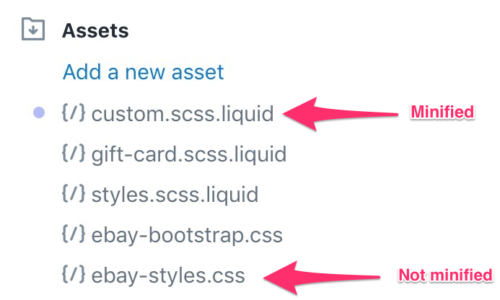
The outcome will be a compact CSS file built from your un-minified basis code. It is to be ensured that an original copy of the CSS and CSS.liquid files are saved from being restored later if any alterations are made due to an error.
You should use an app with a speed optimiser to compress and make the theme code lesser than other files.
Optimise Images for Shopify SEO
Apart from streamlining your images with the correct name and text, you must also make sure that the image size is minute because having heavy product images will reduce the page load speed. Therefore, search rankings will also get disturbed.
The following two things you should do to maintain optimal load speed:
- Shopify SEO image optimizer
Using a compressing image app, you can set up voluntary image compression to reduce all product image sizes while maintaining high quality.
- Lazy Load on Shopify:
Shopify helps prevent lazy loadings because lazy loading will delay the construction of the image and decrease the speed of the loading page.
You can load a low-quality image, and that image can be used as the placeholder. And as the user scrolls down, the image will be replaced by a high-quality version.
This technique also adds a coating of interactivity to a website, which means instead of looking at a blank page and waiting for the image to load, you can see it slowly coming on the screen, which will keep & increase your user’s interest as well.
Several ways will help you to increase the interest of the user:
Verify CSS Syntax to Ensure Automatic CDN Updates
CDN is a process of delivering information from your website to society rapidly and more effectively, based on their regional location.
A CDN is a complex web of servers generally known as POPs across the globe. The CDN server closest to a user is called an “edge server.”
When users demand content from a web page distributed with the help of a CDN, they will be attached to the nearest edge server which will ensure the best online experience possible.
So, your content, such as images, is stored on a CDN so it can be delivered from the edge to your precious users much faster than it had to be delivered from the original place.
Shopify has the best service providing merchants with world-class benefits like the use of CDN. When you make specific changes in your file, Shopify informs CDN about those changes and automatically uploads the image.
Add AMP to Your Shopify Store
Generally, people are surfing more on mobile devices and broad search engines from their mobile. Thus, it became essential to reduce the loading speed of the webpage.
AMP stands for Accelerated Mobile Pages which means it is an open-source framework developed by Google in alliance with Twitter, which provides better and faster events on mobile devices.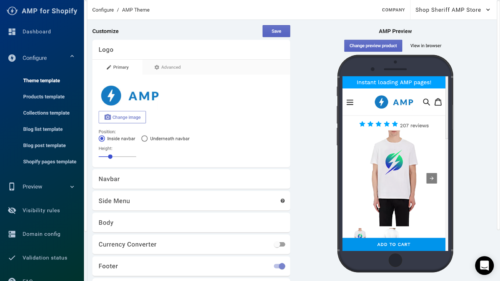 In short, it makes the webpage lighter weight and makes browsing easy and faster. It can be done by simplifying HTML and following the rules that are discussed above.
In short, it makes the webpage lighter weight and makes browsing easy and faster. It can be done by simplifying HTML and following the rules that are discussed above.
AMP is famous for showing content in unique slots above constitutional solutions. Hence, allowing AMP can make all the changes for accomplishing the best positions on mobile searches.
Using an app that is AMP-friendly can easily upgrade your mobile page loading speed. Install your app with a page speed feature to boost your stroke speed.
Responsive Design for Shopify SEO
As we have discussed, your choice of Shopify theme is the key to your store’s load speed, and in turn, will make your business grow at a better speed.
The design should be responsive so that your site will automatically adjust to your screen. Shopify provides mobile-friendly themes to the user.
You take note that even a minor fault can make your webpage fall in ranking.
Structured Data on Shopify
Your webpage will stand out in ranking if you use SERPs correctly. Just add more click through and give the various listings to your webpage. Higher the rank, the higher the usages of SERPs.
The usage of these SERPs will provide more information to the buyer that will initially help grow your ranking in search engines.
The following are the types of structured data formats that can be used:
- JSON-LD
- RDFa
- Microdata
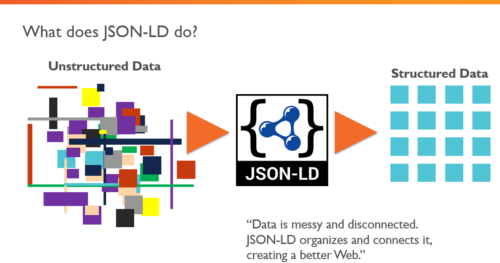
Image Source: Google
JSON-LD is essential and is suggested by Google as it’s very easy to add on and upgrade and adaptable with active data.
Try using different schemes in your webpage. Follow these three critical points:
Product schemes on Shopify
The websites related to e-commerce should use product schema. It is considered essential to attract buyers from the search results by showing important information about the products such as reviews and price.
Many Shopify themes contain such information that will surely help your store to get top ranking in search engines.
You should install an app called JSON-LD for SEO in order to create and connect all such product layouts to your webpage. This gives you better-structured data and you can start integrating your page instantly.
Breadcrumbs Schema on Shopify
It is said that the internal links that provide the user with easy-to-use links that directly send the user to the main page are breadcrumbs. Breadcrumbs help google to understand the website’s internal linking structured data better.
Article Schema for Shopify SEO
You write blogs on your website and publish a post daily. You should use structured data in the form of an article”. This schema lets Google know that your blog or post content is more editorial.
The content that displays on the search engine as “article” comes with structured data that increases the chances of your webpage to come in search engine top rankings.
Use apps that can structure data to your websites in a few minutes without any interruptions and quick responses.
Use Redirects When Needed
Sometimes some sites appear to have the error “404 not found”. These types of errors are alarming both to the user and for SEO.
Thus, always remember to connect your pages to other relevant, occurring pages on your sites, and whenever you eliminate some pages from your website, try to ignore the trouble like “error not found.”
Remember to never remove or delete any page of your homepage directly without redirecting to another product collection page or something relevant to the page you delete.
Also, after changing or removing any URLs, always add 301 redirects from previous URLs to the new URLs to avoid “404 error not found”.
By adding redirects, you ensure that your homepage will not look dead or inactive to the user.
Replace duplicate content with Canonical Tag on Shopify
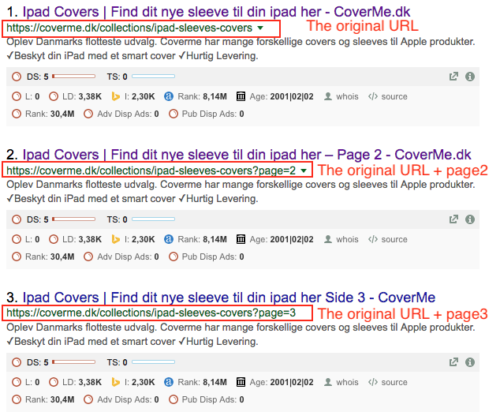 Image Source: Google
Image Source: Google
You should never add duplicate content to your page. Generally, duplicate content appears when similar products, contents, blogs exist on two separate URLs of the same website.
Thus, it became a significant problem for the buyers to see the difference between original and duplicate content.
A canonical URL means the URL of the page that Google thinks is the most representative of the set of duplicate pages on your site.
In short, Google always wants to determine the preliminary version of your web page. You can use attributes like rel=” canonical” tags to help point out the search going in the right direction.
Remember that whenever you link something with your web page, you should use canonical URLs that help Google differentiate duplicate content from original content.
Chapter 4
Shopify SEO Guide: Off-page SEO

Off-page SEO means the performance of all outside activities for improving the rankings of the website. These activities are more credible for Google.
A unique appearance is available on the site. There are two ways available to conquer off-page SEO for online stores.
Building backlinks for your store
Backlinks refer to external links from other websites. Google will use the number, quality, and relevancy of the backlinks, and it is one of the biggest and direct deciders for the ranking of the website.
It is also considered a significant factor in boosting the rankings of the store site.
Google views the links as trust and authority indicators. If you do not prepare the right approach, then you cannot make the website look attractive and impressive.
Here are the things that you should do consistently to boost the rankings. It is an integral part of the marketing strategy of the store owners. The building of high-quality backlinks is possible for individuals.
- Guest Posting
Guest posting is a proper way available for building backlinks. There is a need to create awareness about the way to have desired results.
The creation and contribution of quality content is possible with guest posting.
Along with improving the rankings, capturing new audiences, gaining trust, and building a leadership brand is possible with the posting. It is an essential thing that you need to know as store owners.
- Blogger Outreach
As we know, every blog like fashion and fitness has a massive following on the online website. The publishing of the content is through bloggers or a huge trusted community.
Blogger outreach is one of the best techniques available to increase the rankings of the store site.
The creation of authentic content is possible for the promotion of products and services. New exposure is provided to the store to have increase in the revenue of the store.
Through blogger outreach, you can identify the correct authority. You can elaborate on them in a customized way and let you know about the same. With the publication of the content, you can promote the products through the proper channels.
The meeting of the needs is possible for both the brand and the blog. You should collect complete details about it to have a pleasant experience.
Content creation will help to promote the brand from providing product analysis to giveaway events. The working of the blogger is helpful for the creation of the content.
You can get winnings for both parties. There is the availability of a dedicated audience. It is beneficial for the people to have more profits and sales.
- Promotion of linkable assets
Another critical way available to build the links is to create and publish highly shareable content.
A detailed guide is available to have the benefits. There are interactive infographics available on your website.
A high-rated media publication is possible for individuals, and you should collect complete details about the linkable assets. Everyone is not interested in republishing and promoting the content.
There is a need to follow the promotion carefully to have desired sales and revenue. Finding the correct assets is essential for the store.
- Link reclamation and broken link building
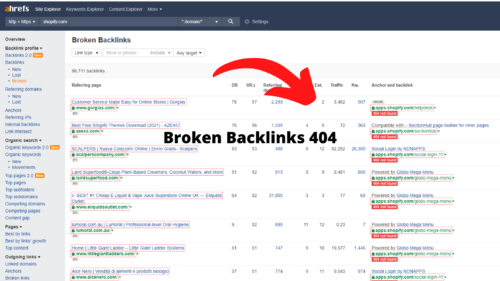 Link building does not always mean the creation of new content. Many more things are mentioned in several places without linking buildings.
Link building does not always mean the creation of new content. Many more things are mentioned in several places without linking buildings.
You need to use the correct tools to find the unlinked mentioned on the site. As a result, reaching the publishers and asking them to link requires some skills and mentions.
These are known as link reclamation.
You are allowed to do whatever you want with the broken links on the website.
Once you find a broken link to the products, you reach the publisher displaying it on the platform.
The replacement of the broken link with a new and valid link is possible for people. Since the broken links will hurt the most, the performance of the activity is essential.
You can get a free backlink along with it.
You will typically talk about the backlinks to increase the sales of the store. There is a need to keep these things in mind. A couple of natural backlinks are available from high-authority websites.
- Earn brand mentions and social signals
Backlinks directly add benefits to SEO to the cache, but unlinked brand acknowledgment on high authority publications has more weight.
The analysis and interpretation of the competitors’ backlinks and media mentions are possible using the right tool.
The tailoring of the content strategy according to earned mentions is also possible to brand in the press.
A solid and authoritative presence on various social media is a benefit available to the store. There is no immediate improvement in the Google rankings.
An increase in rankings is possible at the SERP, and these profiles will lead people and customers to the store.
- Role of social media in building backlinks

Image Source: Google
Social media makes the product more human. There is the start of informal conversations with the fans.
There is complete customer support, boosting brand engagement, and much more.
All these things are essential for building credibility for long-term success. The meeting of the needs is possible for the store owners.
It can also leverage user-generated content on social media by hosting hashtags, contests, giveaways, and surveys.
There is an encouragement to the existing customers to write honest and genuine reviews about the store.
The building of social proof for motivating the potential customers on the fence is possible with the brand.
- Reviews at the store
You can add an application to have more and more reviews from customers. The displaying of reviews is possible on the storefront.
The use of the application will provide accurate user-generated content.
The engagement of more customers is possible in the form of community to have desired revenue.
Apart from boosting brand revenue and loyalty, there are some social signals available. All these things will contribute to the SEO rankings of the store.
Chapter 5
Shopify SEO Problems & Issues and How to Fix Them?

Shopify has become the leading e-commerce platform as it offers countless beautiful themes, layouts, hassle-free web-hosting services, and much more at affordable prices. However, there can be several issues from the SEO perspective.
This CMS does not allow you to customize the Robots.txt file. Another biggest shortcoming of this platform is duplicate content. Shopify creates multiple URLs for the same product page.
Despite these limitations, this CMS platform can be used seamlessly, as there are solutions too. Here are the fixes of some common Shopify SEO issues.
Title and Meta Description Tag Character Limit in Shopify SEO
Shopify restricts the character count for the title and meta description tags. It allows 70 characters for the title and 320 characters for the meta description tags.
However, these limits are set based on Google’s allotted pixel limits on the SERPs. Google allows 600 pixels for the title tags. Characters like m, and q will take more space than t.
Solution: This problem can be resolved by the trial-and-error method.
Just check your website on Google with the site: command (e.g., site:mystore.com). Again, you can type an exact URL after the site: to see how a specific page appears on the SERP.
Imposed URL Structure in Shopify SEO
Auto-generated URL is another biggest drawback of this platform. Shopify imposes subfolder structure URLs. CMS like WordPress allows two categories like page and post.
Shopify also has classifications like products and collections.
The ideal URL for a product should be short and clear like mystore.com/boots
However, in this CMS, the same URL will look like mystore.com/products/boots
Furthermore, when it comes to the collection category, the URL structure becomes more complicated.
mystore.com/collections/collection-title/products/boots
Additionally, there are duplicate URL issues with this CMS. Though the URL structure does not make a massive difference from the SEO perspective, multiple URLs for the same page hit the SEO ranking significantly.
Solution: There is no method to fix the URL structure issue in Shopify. To fix the multiple URL problems, Shopify allows canonical tags.
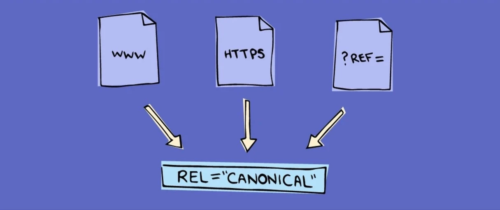 Image Source: Google
Image Source: Google
If all duplicate page URLs are canonical to one self-referencing page URL, then there would be no duplicate pages for a single product. This way, the SEO juice will pass on to the self-referencing page only.
Shopify SEO Problem Blocked Robots.txt
The biggest fault of this CMS is that it prevents the webmasters from editing the Robots.txt file.
However, Shopify considers it as a perk as the CMS itself takes care of this complex technical SEO task. But it becomes disadvantageous when a product gets out of stock.
In that situation, the webmaster is not able to add no-index or no-follow tags.
Solution: To keep the redundant pages appearing on the SERPs, you can edit the <head> section of relevant pages by editing your store’s theme.
> Go to the Themes
> Select the theme you want to edit
> Select Actions > Edit code
>Click the theme.liquid layout file.
>Add the following code to the <head>section to exclude the search template:
{% if the template contains ‘search’ %}
<meta name=”robots” content=”noidex”>
{% endif %}
To exclude a specific page, paste the following code in the <head>section:
{% if handle contains ‘page-handle-you-want-to exclude %}
<meta name=”robots” content=”noidex”>
{% endif %}
Before going further, make sure you replace the page handle you wanted to exclude with the proper page handle.
Click on Save.
Besides that, you may go for the Sitemap and Noindex Manager app, which configures the .xml sitemap and other tags without any manual interference.
Chapter 6
Shopify SEO Tips or Tricks

After you have the store all setup, you need customers to take the store further forward. Now that you are not aware of how to make this happen, we have a simple solution in SEO.
By optimizing your Shopify store, you can rank in the search engines and get more organic traffic. You can take help from a Shopify SEO expert to set up your Shopify store for search engines.
To get this Search Engine Optimization done, here are some essential Shopify tips for SEO:
- Creation of a logical site structure
The creation of a logical site structure means a good site. It helps the users navigate through its content more easily. It further helps the search engines to understand your site and also helps you rank higher on the same.
Now the question is, how do you create such an excellent and beneficial site structure.
The answer to this is simple. It is the creation of a hierarchical structure that involves main categories at the top of the site. The subcategories follow the main ones and are hence followed by the products.
- Shopify SEO Tricks for Keyword Research
Now that your site structure has been done with, we come to the keywords. You need to use the right keywords and follow the process known as keyword research.
To do it for free, you can search Google. For a phrase or simply a word that describes your page. You can then use the top-ranking pages, see the similarity between them and yours and have a look at their title tags. This will give you the required keywords they are targeting.
- Shopify SEO Tips For Titles, Meta Descriptions, and URLs
Now we know the keywords to use to optimize the pages, so it is time that we implement them. This starts with the optimizing of the titles, meta descriptions as well as URLs.
You can easily edit them with the help of Shopify. This will include choosing one of the collections of product pages, scrolling down, and then editing the website SEO.
Some best practices involved are writing a unique tag and meta description for every page and including the target keyword wherever it is appropriate.
- Shopify SEO Product Description
Shopify has options for you to write the descriptions, too, as you are creating a product or, say, collection pages.
Search engines will then make use of these descriptions to understand more about the page. This will automatically again help you rank higher on the search engines.
There are several other ways to get more traffic on your site, such as making your site load fast, adding alt text to the images, fixing potential duplicate content issues, and adding schema markup.
Building links and starting blogging are other ways to get you off and running on the right foot.
Chapter 7
Migrating to Shopify

It is now essential to perform an error-free switch to Shopify. One may know that Shopify is a leading e-commerce software launched in 2004. It powers over 1,50,000 active businesses of varied shapes and sizes throughout the world.
How to migrate to Shopify? There are three options for the e-merchants to choose from at their disposal:
- Manually
- Requesting technical assistance
- Automated migration service
In the first one, the merchant can either export or import data the manual way. This is done through the instructions found on the internet. The second option is assistance from either a developer or a group of professionals.
Again, the third one is to automate the migration service. Now, since the manual migration is highly enormous and the cost of hiring an expert is also high, there comes the need for an automated solution, the Cart2Cart tool.
Discussing the automated method of eCommerce migration
This is a next-generation way for both newbies and web developers, who wish to run the businesses while the online converters do their jobs in an automated manner.
One important point to note here is the insignificance of strong technical skills for working.
Preparing carefully for Shopify migration
You will start with careful planning for Shopify migration. The Cart2Cart tool will indeed in no way affect the source store when the migration is going on; it is also true that you can implement maintenance mode during the procedure.
You will need to choose the proper time and also make a backup of current store data. Make sure that your Shopify plan gives enough capacity for storing all products you wish to move.
Next, you have to find store access details.
Here the migration can be:
- If migrating from an open-source cart
- If migrating from a hosted solution
Some post-migration do’s
Here are some of the vital do after migration:
- Checking your front end first: Seeing if your products are visible in the catalogs and onsite searching is working.
- Going through links: These are links in the menus, header, footer, and inside the pages.
- Performing a test purchase: This is to see if all runs properly. This is to be done a few times to be on the safer side.
- Enhancing your store: This is done by installing all necessary apps and Shopify themes.
Chapter 8
Shopify SEO Checklist

The checklist we are going to study applies to any eCommerce store that has been built with Shopify. This is to increase traffic from search engines as soon as possible.
1. Shopify SEO basics :
This is about the mandatory tools and plugins that you need for optimizing your Shopify sites.
- Setting up Google Search console
- Installing Google Analytics
2. Shopify SEO Keyword research for eCommerce
Keyword research is one of the most significant elements in SEO. You will need a strong keyword strategy ahead of starting with the optimization of the Shopify site.
- Learning the basics of keyword research for eCommerce.
- Using a keyword research tool
- Mapping the keywords against your sales funnel
- Avoiding keyword cannibalization
3. Optimizing the content of your Shopify store
Google is not able to comprehend content as effortlessly as human beings.
Thus, there is on-page optimization to help the search engines understand what all the content is all about, forgetting your higher rankings.
- Optimizing titles as well as meta descriptions
- Optimizing the URLs.
- Including the keywords in the copy of your pages
- Including synonyms and LSI keywords
- Optimizing the pages for higher engagement
- Optimizing your images
- Adding internal links
4. Link building for eCommerce :
Link building is one of the most powerful tools for increasing your rankings on search engines.
Making good backlinks is the hardest in SEO, but a few tactics can work great for eCommerce website owners.
- Finding the unlinked mentions
- Getting your podcasts reviewed
- Guest posting on relevant sites
- Getting media mentions with HARO
- Getting interviewed on podcasts
5. Technical SEO for Shopify :
Technical SEO is all you do to make it easier for search engines to find and crawl your website.
Technical issues can prevent your site from ranking and from getting organic traffic.
- Fixing crawl errors
- Using to HTTPS
- Make sure you are using a responsive theme
- Fixing broken links
- Speeding up your Shopify sites
- Submitting your sitemap to Google the search console
6. Bonus or everything else :
This is some extra stuff that might interest and help you.
- Setting up rank trafficking
- Claiming your brand name on more and more social networks
- Setting up alerts
- Earning your SEO certification
- Boosting the impact of your SEO effort with other marketing channels.
Chapter 9
Shopify SEO Final words
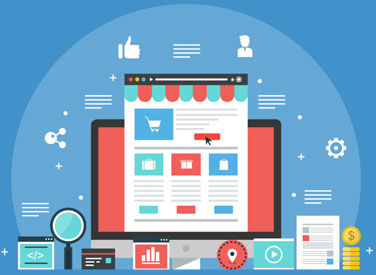
- Lastly, it is significant that only those apps are added that carry some significance.
You will not add apps to your store that are free but of no use to you. They may need no payment but may not be required for the installation either.
- This is because if you put many apps on your store, it can be bad for the store. The store may turn out to be less effective and slower. This will then affect the rankings of your store overall on the search engines.
Therefore, we can conclude this point by saying that only useful applications need to be added.
- We can now say that we start with basic on-page optimization techniques and try to be consistent with off-page optimization.
Here the off-page optimization refers to building backlinks in the social proof as well as earning media mentions. Then we come to take king things to another level by structuring data, CDN, AMP, and other advanced techniques.
- The results, as in all cases, need time to become visible. The same goes with this SEO thing.
It needs patience and hard work to show tremendous and expected results. It may well take a few months for the same.
Hire the best Shopify SEO agency like Axis Web Art for Shopify SEO, which will help get you to the first page of the search engine.
Shopify SEO Infographics
